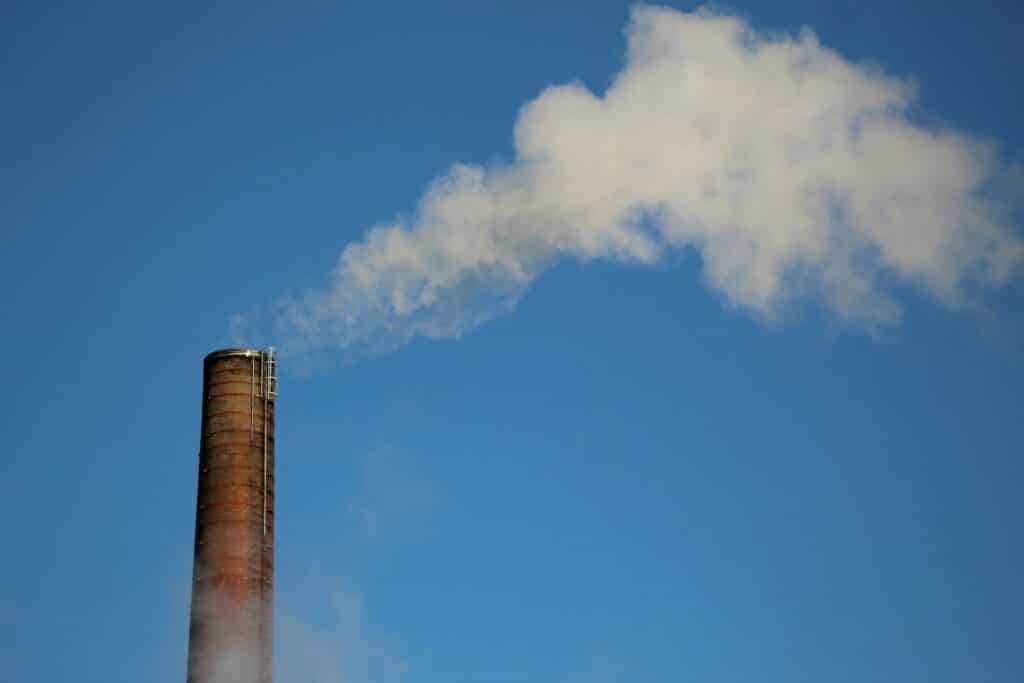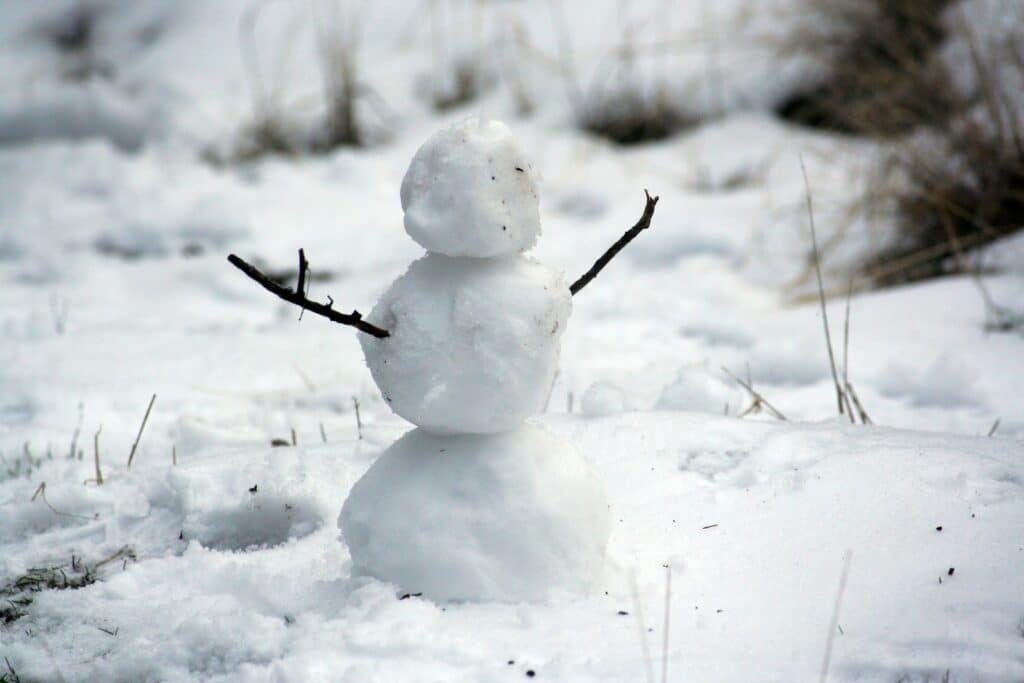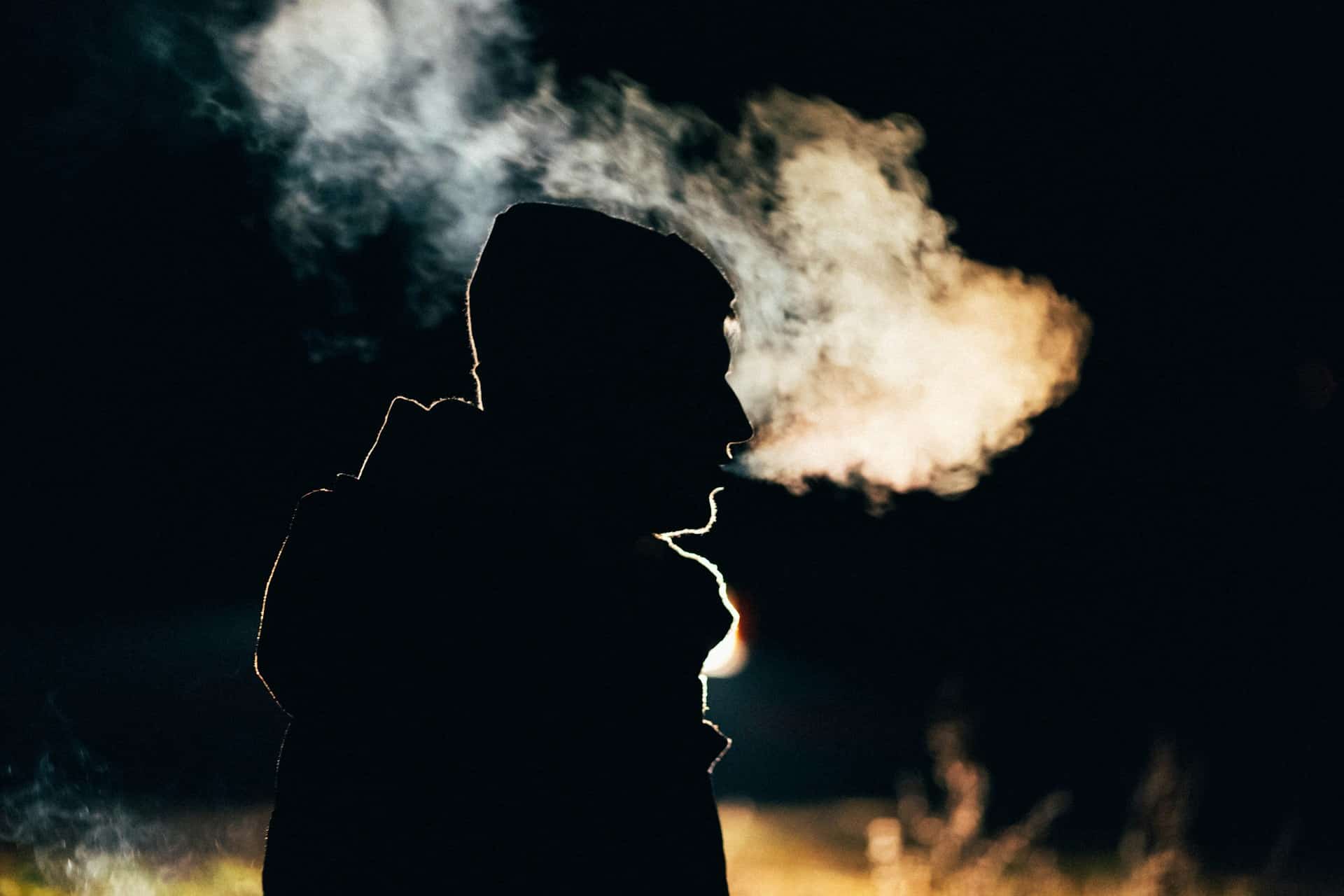Spring is well under way here at the D&T Camp One homestead and we’ve got lots to do.
The welcome sunshine gives us a chance to look back at the previous winter and think about how well we managed things. That’s important, because we’ve likely got another winter coming up, and another one after that, and each time we come through one we learn something that helps us plan a little better for the next.
All things considered, this last winter was mild. We didn’t get a lot of snow. The rain came late, but when it did come, there was quite a bit. It did feel long, though. Winter always feels long. Out here in the Western Sierra foothills, it’s on the cooler side for about half the year, from October to April.
But we still have a good amount of firewood and propane because we never lost power. The rains revealed some drainage issues and rutted our driveway which could now use a new layer of gravel. That’s something we’ll have to work on.
The other thing we’ve been working on is just coming to terms with the cold.
We’ve got livestock, chickens and goats, and that means twice a day everyday we need to venture out, no matter what the conditions, to feed and care for them. This can be tough, especially in the early mornings when it’s dark and wet and sloppy. Other times our deck might be iced over and the water in the goat paddock or chicken coop frozen, but we still need to leave our warm beds to get the work done.
And of course, the work we do with Dust and Tribe has us inviting others outside, many of whom might be new to outdoor adventure. A lot of people are afraid of the cold and use it as an excuse to confine their outdoor experience to fair-weather potluck picnics in the park, which is great, but there is so much more! We’ve learned a lot about living cold and what follows are our favorite tips on how to appreciate the bottom of the thermometer.
Physiology and Insulation

Our bodies are little furnaces, generating heat as a byproduct of our metabolism. When we eat and drink, our digestive system gets to work breaking down all that fuel. This involves a number of mechanical and chemical processes that generate heat while extracting nutrition in the forms of usable fats, proteins, carbohydrates, and electrolytes. All of that activity keeps our internal temperature a balmy 98.7 degrees fahrenheit (37 C) and a lot of what we’re about to share is really about supporting our body’s work in maintaining that temperature.
When we read about how many calories are in a particular food item, we need to know two things. First, a calorie is a unit of heat energy, specifically the amount of heat required to warm up one gram of water one degree celsius. But the second thing is that, in America, each “food calorie” is actually a kilocalorie, the energy equivalent of 1000 calories and therefore each calorie you read about on your food package is capable of heating up a full kilogram of water one degree celsius. That’s a lot of energy, and if you don’t need it right away your miraculous body will store it in the form of fat which we will talk about later.
The math and conversions and terminology aren’t all that important. The point is that calories represent heat, and this is crucial when we’re out in the cold. This brings us to our first tip: when temperatures drop, eat high-calorie foods.
High-fat foods like nuts and oils are fantastic for generating heat. If we’re outside and we anticipate a cold night, a decadent chocolate bar before going to bed is a perfectly legitimate way to get ahead of things.
But to stay ahead, we need insulation, a way to trap the heat that our bodies are generating. There is some thermodynamic principle about equilibrium that translates into the tendency of our bodies to match the outside temperature through heat exchange. Insulation is how we keep from losing heat to the environment and this is why we bundle up.
Choices matter as some materials are much better at insulating than others. Wool fibers swell when wet, for example, allowing for a tighter weave that helps to contain heat. Lightweight puffy jackets trap large amounts of air, a fantastic insulator that works as a barrier to prevent heat loss.
It’s important to recognize that adding layers is not adding heat. A sweater doesn’t make us warm. Rather, a sweater reduces the amount of body-generated heat that we would otherwise lose. The critical implication here is to get those layers on before we feel cold. Wearing a beanie, scarf, gloves, and thick wool socks will all help to contain that precious warmth.
The same principles apply if we’re sleeping outside. We need to unroll our sleeping bags well before we intend to use them to give the loft a chance to expand and trap as much insulating air as possible. We’re going to place that bag on a pad to reduce the amount of heat lost through conduction with the cold earth. We almost always recommend closed-cell foam sleeping pads because they are just easier and basically bombproof, but if it’s going to be really cold, we’ll take an extra inflatable pad to set on top for even more insulation. We’ll pack a sleeping bag liner, basically a big sort of body-sock that will add yet another layer of insulation. And if we’ve got a lot of extra room in our sleeping bag, we’ll fill it up with extra clothing from our packs to minimize the amount of dead space that we would otherwise lose heat to.
Chilling Out

We’ve been talking about how to stay warm in the cold, and that’s obviously important from a survival perspective. If our core temperature drops even a few degrees too low, a condition knows as hypothermia, bad things will happen and we’ll eventually die.
But the truth is unless we’re in a NASA-commissioned space suit, we’re going to feel some cold. It may only be the tip of our nose or our fingers and toes that are chilled, but any little bit can ruin our fun. This next section isn’t so much about keeping warm, but about how to live better while cold.
Our mindset plays a key role in how we manage our feelings, both sensible and emotional. The following suggestions are only applicable in those cases where cold is felt but we remain fully functional. If our extremities have reached the point of numbness or we are shivering, we need to prioritize getting warm over reconciling ourselves to the cold.
. . . it may be that you dislike a thing which is good for you and that you like a thing which is bad for you. God knows but you do not know.
Q 2:216
Although most of us will intentionally avoid feeling cold, there are, as referenced in the above ayat, many benefits. A recent, small study (2024) from the Journal of Thermal Biology found that taking cold showers has a direct correlation with the chemical markers of enhanced immune function. In their discussion, the authors mention previous research demonstrating improvements to mental health including reduced anxiety and improved mood.
It’s very important to emphasize here that the boosts to our mood and immunity are associated with periodic, short-term exposure to intense cold. It seems that whatever shock that might represent for our system is, on the whole, beneficial.
If we’re not interested in this kind of holistic shock therapy, there are other ways to benefit from the cold.
We keep our thermostat quite low throughout the winter, anywhere from 62-64 degrees fahrenheit (about 17.2 C). We bundle up if we need to, but there are advantages to giving our bodies time to simply acclimate. In addition to the financial and environmental perks of programming lower temps, it turns out that long exposure to cooler temperatures allows for the production of brown fat.
Whereas most of the the excess energy in our bodies is stored as white fat that insulates our vital organs, brown fat is a much more accessible form of energy storage that immediately releases heat as our core temperature drops. This is an incredible and valuable resource that is available only in very limited supply unless we make a habit of regularly exposing ourselves to cooler temperatures. We’ve personally noticed that as the outside October temperatures drop into the 60s and 50s (fahrenheit), we start layering. However, as we enter early spring with comparable temps, we’re shedding layers.
The difference is brown fat. By the fall, we’ve burned through our stores and need to cover up. But after several months of winter and intentionally cooler indoor temps, we build up our brown fat reserves and can tolerate being outside in a single layer very comfortably.
Visualization

Our final tip is perhaps the most fun.
When you’ve done everything else, built up your stores of brown fat, boosted your immunity with a cold shower, and bundled yourself in the loftiest layers possible, but you go outside and still bristle at the frost blasting your cheeks, you can try one more thing.
Close your eyes and imagine for a moment that you are a sprig of mint.
That refreshing and invigorating plant from which so many products and flavorings have been derived is celebrated for its cooling properties. But the coolness of mint has been decoupled from the uncomfortable associations we might have with wind and rain and snow. Our minds are ridiculously powerful and if we choose to muster the creative energy to visualize ourselves as the lively embodiment of a crisp and icy mint leaf, we can completely reframe any coolness registered by our skin as bracing vitality.
We have long learned that stepping out of our comfort zone is the key to growth and development. We naturally prefer to be warm, but we are also aware of heat’s association with spoilage and decay. We preserve, protect, and prolong by means of the cold. We know this intuitively and experientially, but we fear and avoid the cold nonetheless.
As with most things, getting outside is the best way to reconcile what we feel with what we know and to arrive at what it is that we truly need.
Leave a comment below for posterity or join us in the D&T Chautaqua Discord to discuss this post with other adventurous spirits from around the world.
